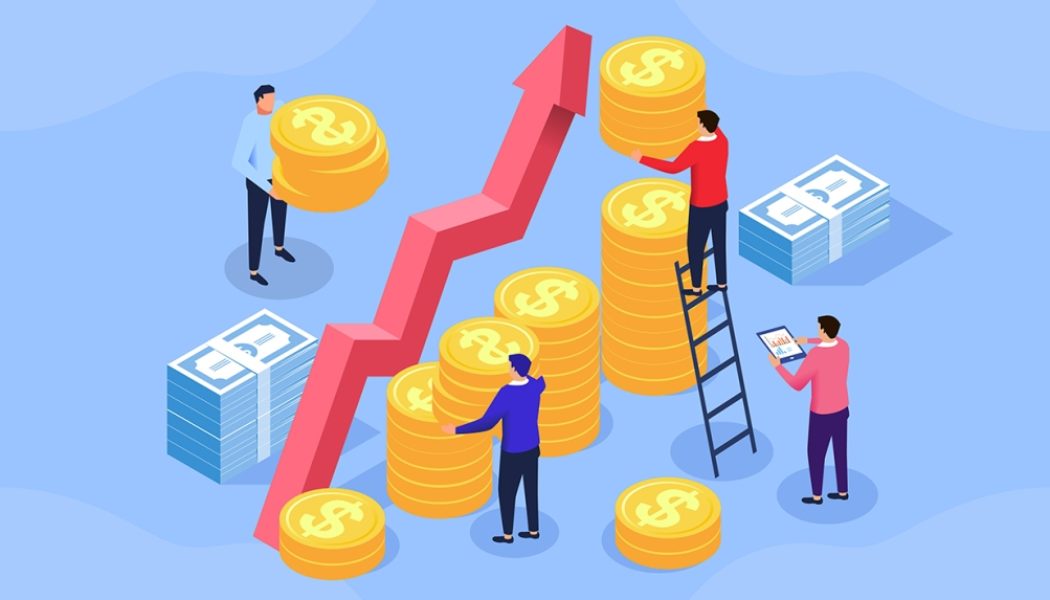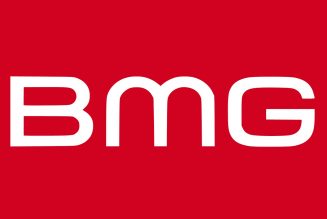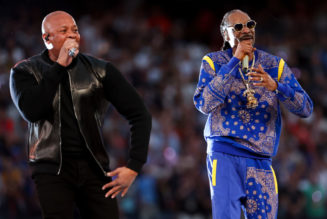
The Ledger is a weekly newsletter about the economics of the music business sent to Billboard Pro subscribers. An abbreviated version of the newsletter is published online.
The 2004 documentary Super Size Me took a humorous look at the health consequences of fast-food restaurants’ practice of up-selling customers to higher-priced, larger-portioned items – a super-sized cup of Coca-Cola rather than a large, for example. To the customer, up-selling looked like a good deal: the additional soda or food cost only a few cents more. For restaurants, the tactic padded margins because the difference in price dwarfed the cost of goods.
Super Size Me comes to mind when looking at music subscription services and their quest to improve their margins. Those services have the equivalent of a super-sized option: the family plan, which generally costs 50% more than an individual subscription and includes up to six subscribers on a single plan. But unlike up-selling in the fast-food business, super-sizing a music subscription service doesn’t pay off in the short term. The family plan may help retention, which can improve subscribers’ lifetime value – that, not average revenue per user, is the key metric in the subscription business – but it does nothing to boost margins.
For years, high-fidelity audio was presumed to be music’s version of super-sized food portions: an up-sell product that carried a higher price without a commensurate increase in costs to the platform. But high-fidelity audio now appears to be a standard option for most streaming platforms, another carrot to entice people to sign up rather than a means to segment consumers based on willingness to pay. That means music licensed from record labels and distributors doesn’t provide a path to better margins. In fact, there’s only a small amount of upside left to wring out of licensors: Spotify expects it can get its music margins to 30% and eventually to 35%, up from the 28.1% margin it reported for 2021.
The future of the music streaming business looks more like gas stations than fast food. Gas stations have turned into convenience stores that sell junk food, beverages and household staples. Gas itself is almost a loss leader. Stations make their margins on everything else – a $3 bottle of Coca-Cola, a $2 candy bar or a $6 package of Ibuprofen pills. According to an examination of the economics of gas stations at The Hustle, stations earn a 1.4% profit margin on fuel compared to 200% on soda machines and 100% on lottery tickets.
We’re seeing more examples of streaming services looking for margin relief outside of their core products. On Sept. 20, Spotify, which acquired audiobook distributor Findaway in June, launched a la carte audiobook sales, putting it directly in competition with Amazon-owned Audible. Audiobook downloads provide better margins than Spotify can get from music. As the retailer, Spotify keeps 50% of the audiobook purchase sale proceeds. Findaway’s distributor fee is 20% of the author’s royalties – which works out to 10% of sale proceeds after Spotify takes its 50% cut. In aggregate, Spotify gets a 60% margin in audiobook sales on its platform – double the typical margin in both music streaming and music downloads and more than double Spotify’s gross margin on music last year.
One notable hiccup to Spotify’s foray into audiobooks is the buying process. Spotify sells audiobooks only at its website, not within the Spotify app. That allows it to keep its cushy margins without giving a significant portion to either Apple or Google for in-app purchase fees. Not offering audiobook sales within the app creates an extra step in the buying process, and even a small amount of friction can become a drag on purchase activity. But Spotify could also be a boost to the format, says Tony van Veen, CEO of DIY Media Group, which owns BookBaby, a distributor for independent book authors. “If Spotify offers it and lowers the barrier, will there be more adoption? Yeah, I think so,” he says. Spotify CEO Daniel Ek believes audibooks could eventually achieve 50% of book sales in mature markets compared to their current 6-7% share.
Spotify has already made a big push into podcasts in a search for better margins. Podcasts have been a money-loser with a –57% gross margin but have potential at scale. At a June 8 investor presentation, Spotify CFO Paul Vogel said podcast margins could reach 40% to 50% in the future. Tightening the belt could help get there: news broke on Oct. 7 that Spotify laid off “at least” 38 employees and will shutter 11 podcasts created by Gimlet and Parcast, two content studios Spotify acquired in 2019 for a combined $286 million.
Also searching for better margins, French music streamer Deezer is planning a new product called Zen by Deezer. Expected to debut in France in the first quarter of 2023, the product offers “exclusive music relaxation, sounds, expert tips and guided exercises,” according to the company’s Oct. 4 investor presentation. It’s a sensible product extension given the explosion of apps for meditation, yoga, sleeping and mental health. In the wake of COVID-19, McKinsey put the size of the global wellness industry at a staggering $1.5 trillion.
When Zen by Deezer is running at scale, Deezer believes, its content costs will run about 10% of revenue. That’s compared to roughly 70% for a standard on-demand streaming service that licenses music from record labels, music publishers and performance rights organizations. The difference, the presentation explains, is “one-off content production,” rather than music licensed at standard rates. Whether created in-house or acquired on a one-time, royalty-free basis, Zen by Deezer won’t pay most of its subscription fees to license music.
Elsewhere, music is increasingly a means to hook customers before giving them another product. Abu Dhabi-based Anghami is looking to diversify through podcasts, branded content and live concerts. In June, it purchased Spotlight Events, a concerts company based in the Middle East-North Africa region. Tencent Music Entertainment, China’s largest music streamer, also made a concerted push into spoken-word audio when it acquired audiobook distributor Lazy Audio in 2021. TME also has a growing podcast business.
Using a gas station metaphor for Spotify only goes so far – or does it? Consumers’ reliance on their automobiles makes them dependent on gas stations for transportation. Until electric cars see widespread adoption, most people will be regular customers at gas stations’ convenience stores. Music isn’t quite as entrenched as the automobile, but there’s a growing belief that a music subscription is a basic utility – like internet, gas or water – that most people will carry continuously. That gives streaming services on ongoing billing relationship with hundreds of millions of customers and an opportunity to make better margins on something other than music.
[flexi-common-toolbar] [flexi-form class=”flexi_form_style” title=”Submit to Flexi” name=”my_form” ajax=”true”][flexi-form-tag type=”post_title” class=”fl-input” title=”Title” value=”” required=”true”][flexi-form-tag type=”category” title=”Select category”][flexi-form-tag type=”tag” title=”Insert tag”][flexi-form-tag type=”article” class=”fl-textarea” title=”Description” ][flexi-form-tag type=”file” title=”Select file” required=”true”][flexi-form-tag type=”submit” name=”submit” value=”Submit Now”] [/flexi-form]










Tagged: business, entertainment blog, music blog, Podcasts, Spotify, Streaming, The Ledger